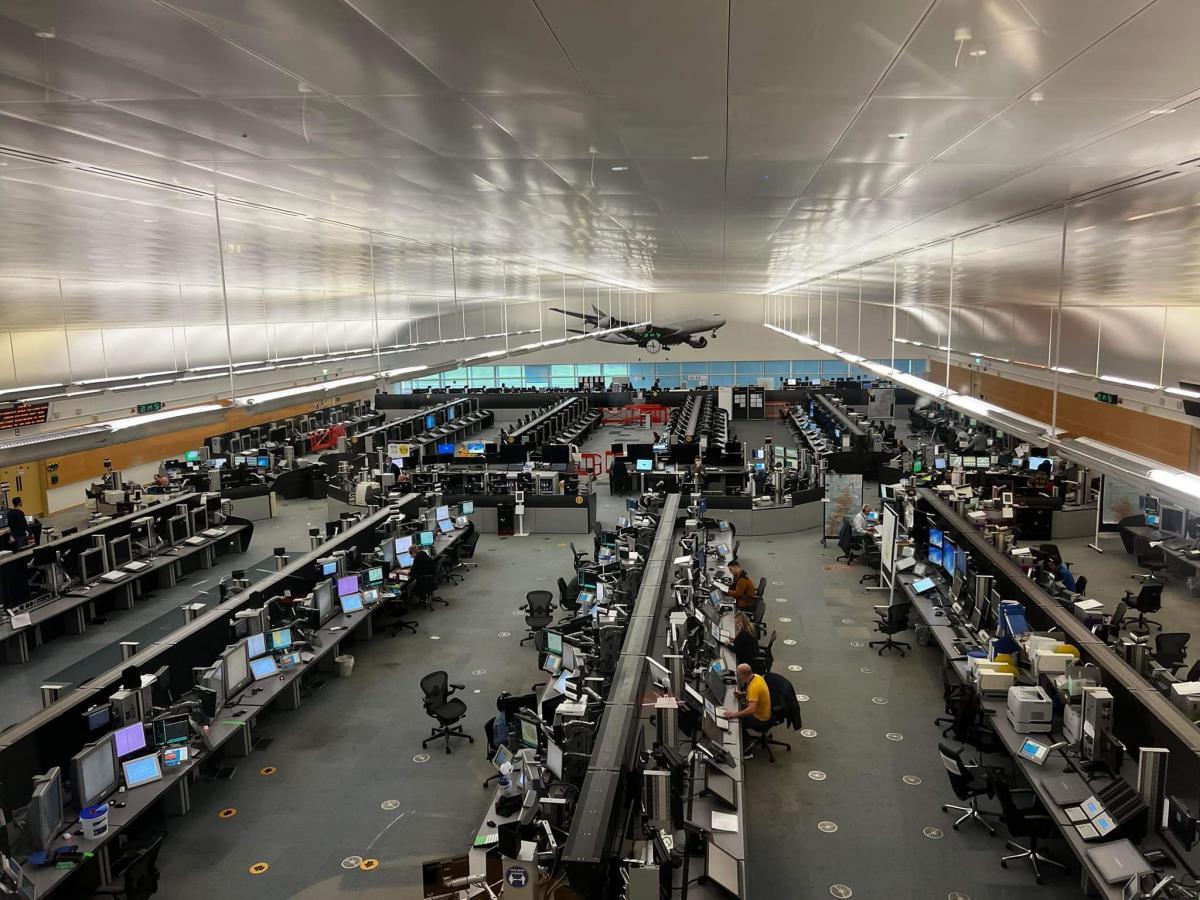
Air traffic control modernization is transforming how planes navigate our skies. Ever wondered how this impacts your travel? Modern systems enhance safety, reduce delays, and improve fuel efficiency. Imagine fewer flight delays and smoother journeys. Advanced technology like satellite-based tracking replaces outdated radar, offering real-time updates. Pilots and controllers communicate better, making flights safer. Environmental benefits include lower emissions due to optimized routes. Curious about how these changes affect you? From quicker check-ins to more accurate arrival times, the benefits are numerous. Ready to learn more? Let's dive into 16 fascinating facts about this aviation revolution.
Key Takeaways:
- Air traffic control has evolved significantly, from using flags to communicate with pilots to incorporating advanced technologies like radar, NextGen, and ADS-B for safer and more efficient operations.
- Modernizing air traffic control not only enhances safety and efficiency but also brings environmental and economic benefits, such as fuel efficiency, noise reduction, and cost savings for airlines and passengers.
The Evolution of Air Traffic Control
Air traffic control (ATC) has come a long way since its inception. Modernization efforts have significantly enhanced safety, efficiency, and reliability in the skies. Here are some fascinating facts about these advancements.
-
Early Beginnings: The first air traffic control tower was established in 1920 at Croydon Airport in London. Controllers used flags to communicate with pilots.
-
Radar Introduction: Radar technology was introduced in the 1940s, revolutionizing ATC by allowing controllers to track aircraft positions more accurately.
-
Jet Age Challenges: The advent of jet aircraft in the 1950s required more sophisticated ATC systems to manage higher speeds and altitudes.
Technological Advancements in ATC
Modern technology has transformed ATC, making it more efficient and safer. These advancements have been crucial in handling the increasing volume of air traffic.
-
NextGen System: The Next Generation Air Transportation System (NextGen) is a comprehensive overhaul of the U.S. air traffic control system, incorporating satellite-based navigation and digital communications.
-
ADS-B Technology: Automatic Dependent Surveillance-Broadcast (ADS-B) allows aircraft to broadcast their position to ATC and other aircraft, improving situational awareness and collision avoidance.
-
Digital Data Links: Replacing traditional voice communications, digital data links enable faster and more accurate exchanges between pilots and controllers.
Enhancing Safety and Efficiency
Safety and efficiency are paramount in air traffic control. Modernization efforts have introduced several measures to enhance these aspects.
-
Runway Safety: Advanced surface movement guidance and control systems (A-SMGCS) help prevent runway incursions by providing real-time information on aircraft and vehicle positions.
-
Conflict Detection: Modern ATC systems use sophisticated algorithms to detect potential conflicts between aircraft and suggest resolutions.
-
Weather Integration: Integrating real-time weather data into ATC systems helps controllers make better decisions, reducing delays and improving safety.
Environmental and Economic Benefits
Modernizing air traffic control not only improves safety and efficiency but also brings significant environmental and economic benefits.
-
Fuel Efficiency: Optimized flight paths and continuous descent approaches reduce fuel consumption and emissions.
-
Noise Reduction: Advanced navigation procedures help minimize noise pollution around airports by directing aircraft over less populated areas.
-
Cost Savings: Improved efficiency in air traffic management leads to cost savings for airlines, which can be passed on to passengers.
Global Efforts in ATC Modernization
Air traffic control modernization is a global effort, with countries around the world implementing new technologies and procedures.
-
SESAR Program: The Single European Sky ATM Research (SESAR) program aims to modernize Europe's air traffic management system, enhancing safety and efficiency.
-
ASBU Framework: The Aviation System Block Upgrades (ASBU) framework, developed by the International Civil Aviation Organization (ICAO), provides a global roadmap for ATC modernization.
-
Collaborative Decision Making: Collaborative decision-making (CDM) initiatives involve airlines, airports, and ATC working together to optimize operations and reduce delays.
Future of Air Traffic Control
The future of air traffic control looks promising, with ongoing research and development paving the way for even more advanced systems.
- Artificial Intelligence: AI and machine learning are being explored to enhance ATC decision-making, predict traffic patterns, and improve overall efficiency.
The Future of Air Traffic Control
Air traffic control modernization is transforming how we fly. From advanced radar systems to automated communication tools, these innovations are making air travel safer and more efficient. Pilots and controllers now have better tools to manage airspace, reducing delays and improving overall flight experiences.
Satellite-based navigation is another game-changer, allowing more precise routing and reducing fuel consumption. This not only saves money but also helps the environment. As technology continues to evolve, we can expect even more improvements in air traffic management.
Modernization isn't just about new gadgets; it's about creating a seamless, integrated system that benefits everyone. The future of air travel looks bright, with smarter skies and smoother journeys ahead. So next time you board a plane, remember the incredible technology working behind the scenes to get you safely to your destination.
Frequently Asked Questions
Was this page helpful?
Our commitment to delivering trustworthy and engaging content is at the heart of what we do. Each fact on our site is contributed by real users like you, bringing a wealth of diverse insights and information. To ensure the highest standards of accuracy and reliability, our dedicated editors meticulously review each submission. This process guarantees that the facts we share are not only fascinating but also credible. Trust in our commitment to quality and authenticity as you explore and learn with us.


